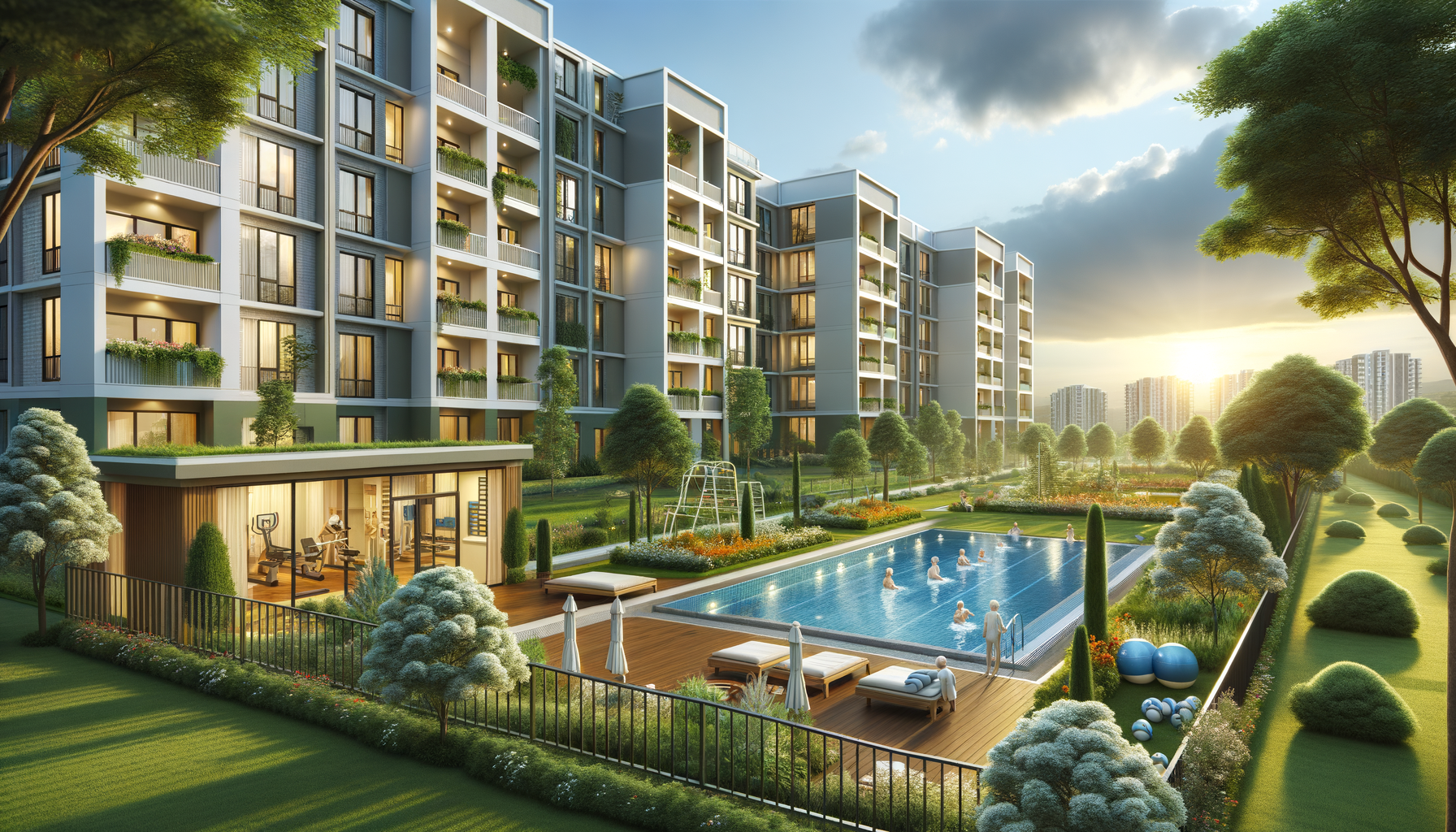Understanding Senior Apartments: A Modern Living Solution
Senior apartments have emerged as a popular choice for older adults seeking a lifestyle that combines independence with community support. These living spaces are specifically designed to cater to the needs of seniors, offering amenities that promote comfort and ease of living. Typically, senior apartments are located within communities that provide additional services such as recreational activities, social events, and health-related support. This setup not only addresses the practical needs of seniors but also fosters a sense of belonging and community.
One of the primary attractions of senior apartments is their design. These units often feature single-level living, with accessibility features like grab bars, wider doorways, and zero-step entries to accommodate mobility challenges. Additionally, the apartments are usually smaller, reducing the burden of maintenance and upkeep, which can be a significant consideration for seniors who wish to downsize.
The communal aspect of senior apartment living cannot be overstated. Residents have the opportunity to engage in social activities and form friendships with peers, which can significantly enhance their quality of life. This social interaction is vital for mental and emotional well-being, reducing feelings of isolation and loneliness that can sometimes accompany aging.
Financial Considerations: Cost-Effective Living
Financial considerations play a crucial role in the decision to move into a senior apartment. For many, the cost of maintaining a larger home becomes burdensome, especially if the property requires frequent repairs or renovations. Senior apartments offer a more affordable alternative, with costs that often include utilities, maintenance, and access to community amenities.
Many senior living communities operate on a rental basis, which eliminates the need for long-term financial commitments associated with homeownership. This model allows seniors to manage their finances more effectively, freeing up resources for other pursuits such as travel, hobbies, or healthcare needs. Additionally, some communities offer subsidized housing options for low-income seniors, ensuring that a broader demographic can access this lifestyle.
The predictable nature of living costs in senior apartments can also provide peace of mind. With utilities and maintenance included in the monthly rent, seniors can avoid unexpected expenses, allowing for better financial planning and stability.
Health and Safety: Prioritizing Well-Being
The health and safety of residents are paramount in senior apartments. These communities are designed with features that enhance the well-being of their residents, such as emergency call systems, secure entryways, and on-site staff available for assistance. Many senior apartments are located near healthcare facilities, providing easy access to medical services when needed.
In addition to physical safety, these communities often promote a healthy lifestyle through organized activities and wellness programs. Residents can participate in exercise classes, nutritional workshops, and health screenings, all of which contribute to maintaining a healthy and active lifestyle. Such initiatives are crucial in helping seniors manage chronic conditions and improve their overall quality of life.
Furthermore, living in a community setting offers an additional layer of security. Neighbors and staff can quickly notice and respond to any changes in a resident’s health or behavior, ensuring timely intervention and support when necessary.
Social and Recreational Opportunities: Enriching Life
The social and recreational opportunities available in senior apartments are a significant draw for many older adults. These communities often host a variety of events and activities designed to engage residents and foster a vibrant social life. From arts and crafts sessions to book clubs and gardening groups, there is no shortage of options for staying active and connected.
Many senior apartments also feature common areas such as game rooms, libraries, and lounges where residents can gather and socialize. These spaces are ideal for meeting new people and forming friendships, which can be particularly beneficial for those who have recently relocated or experienced the loss of a spouse.
Recreational activities are not only enjoyable but also serve to improve physical and mental health. Regular participation in social events can enhance cognitive function, reduce stress, and increase overall happiness. For many seniors, these opportunities to remain engaged and active are invaluable.
Choosing the Right Senior Apartment: Considerations and Tips
Selecting the right senior apartment involves careful consideration of various factors. Prospective residents should evaluate the location, amenities, and community culture to ensure the environment aligns with their lifestyle and preferences. Visiting multiple communities and speaking with current residents can provide valuable insights into daily life within the community.
When assessing potential apartments, consider the proximity to family, friends, and essential services such as healthcare facilities and shopping centers. Accessibility and transportation options are also important, as they can impact a resident’s independence and ability to engage in community activities.
It is also advisable to review the community’s policies regarding pets, visitors, and healthcare services. Understanding these guidelines can prevent future misunderstandings and ensure a smooth transition into the new living arrangement.
Ultimately, the decision to move into a senior apartment should be guided by personal needs and aspirations. By taking the time to thoroughly research and evaluate options, seniors can find a community that offers not only a comfortable living environment but also a fulfilling and enriching lifestyle.








